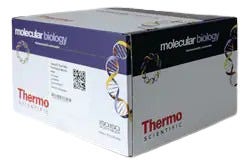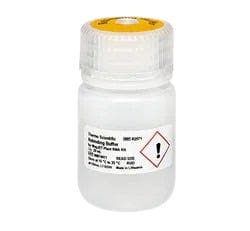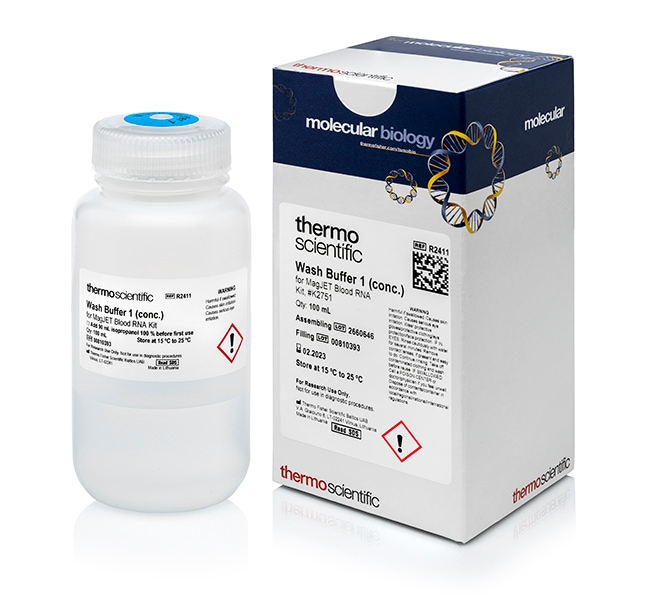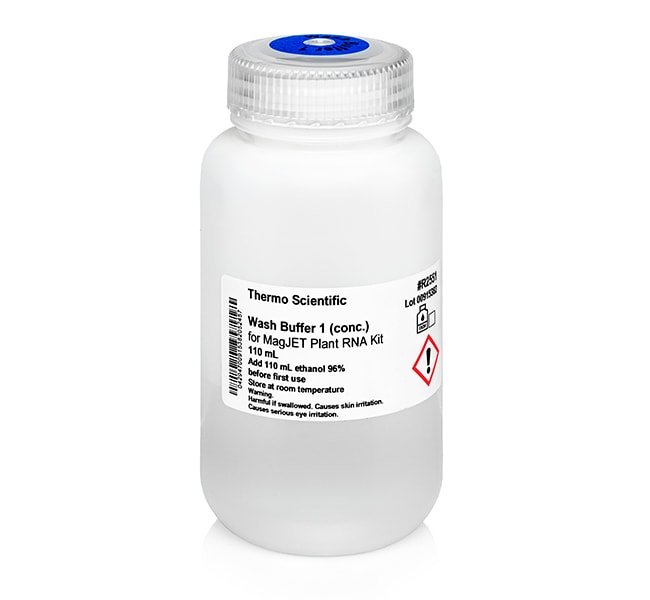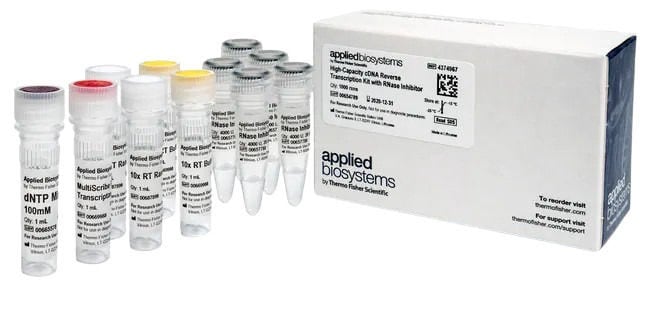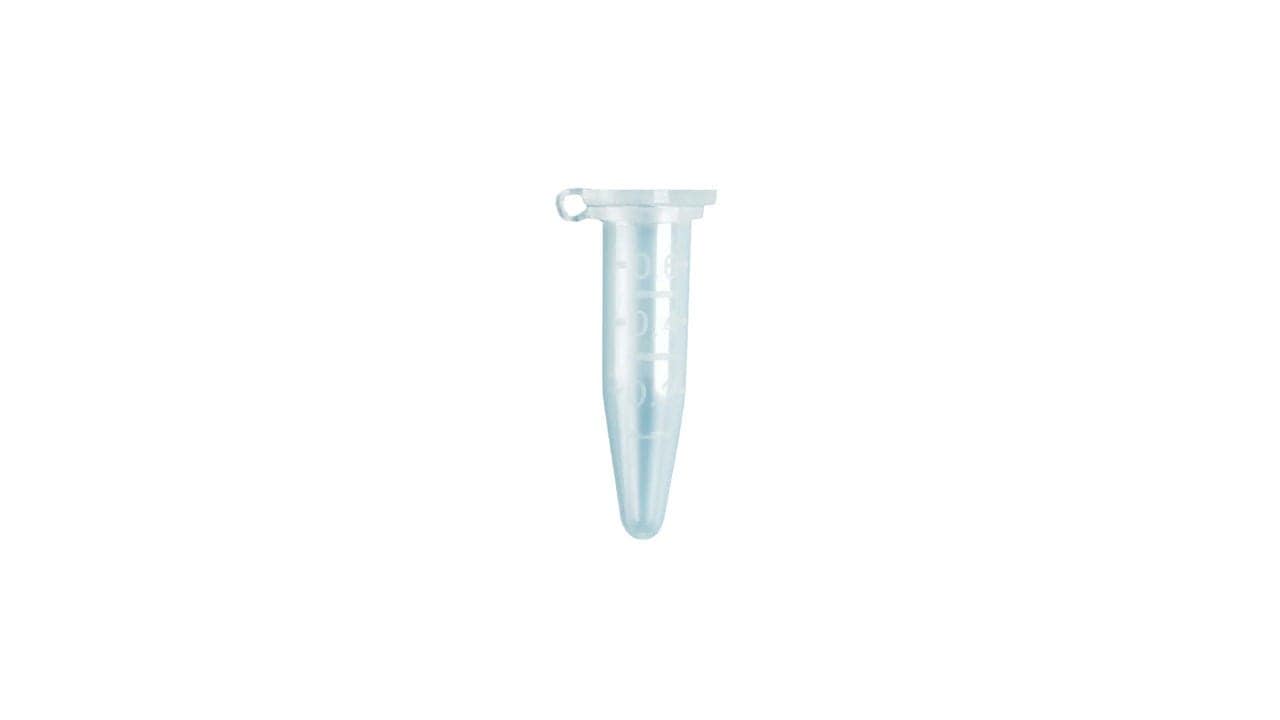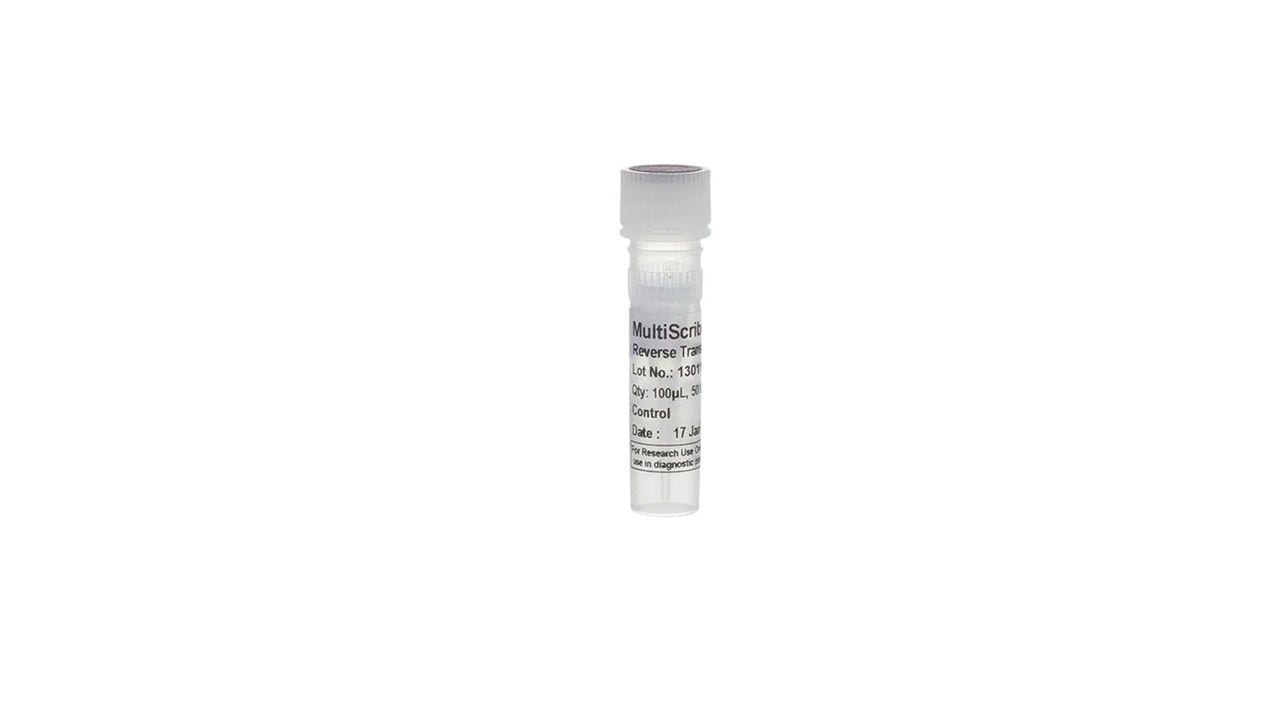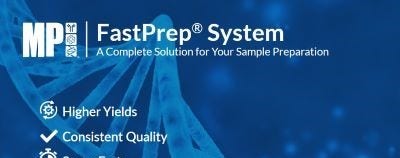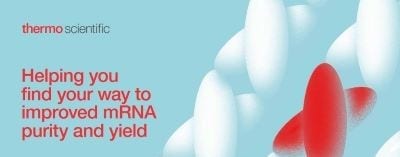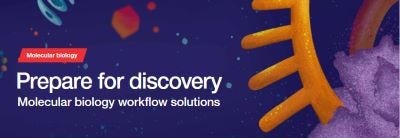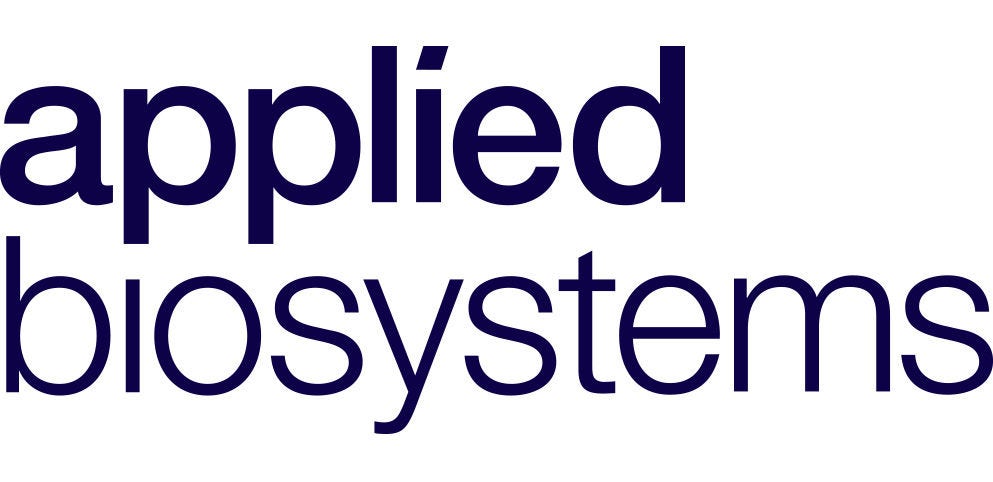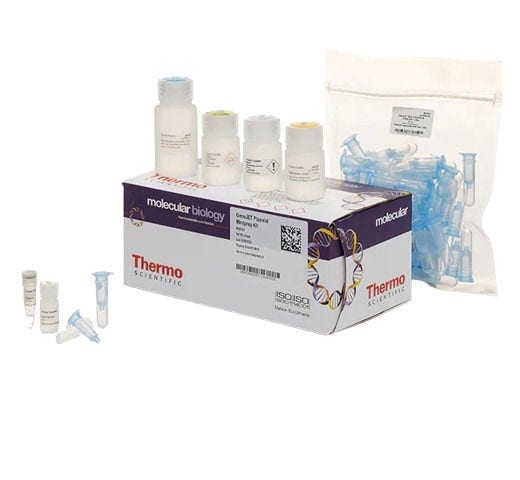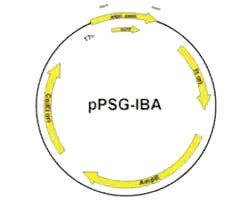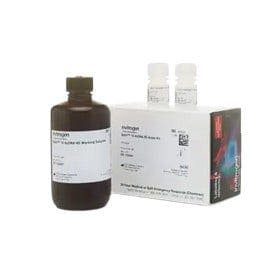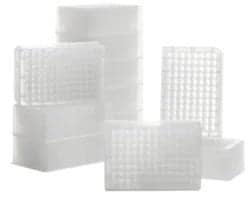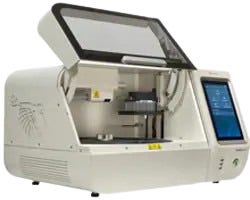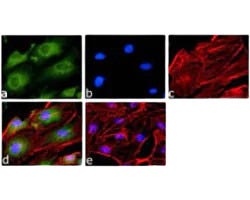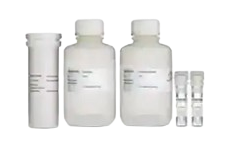
RNA Isolation and Purification Products
Browse a full range of products for the isolation and purification of RNA. Our portfolio includes a variety of kits, lysing matrix tubes, lysis buffers, and wash buffers, as well as other materials suitable for your research needs.
Useful Links
Save Now - Exclusive Deals
Product Code 6075978
Product Code 15282820
Product Code 13545220
Product Code 7181498
Product Code 30054625
Product Code 4928437
Product Code 4696796
Product Code 15272820
Product Code 11422390
Product Code 10536935
Product Code 16690284
Must Have
Product Code 4918684
Product Code 13535200
Product Code 12703057
Product Code 10764417
Product Code 13555220
Product Code 4426441
Product Code 11402390
Product Code 16658322
Complete Your Order - Great Deals
FAQ
RNA isolation and purification are crucial steps in molecular biology to study gene expression, sequence RNA, or perform other downstream applications. Some common methods used for RNA isolation and purification are:
- Phenol-Chloroform Extraction (TRIzol Reagent): Uses phenol and chloroform to separate RNA from other cellular components
- Silica Membrane-based Column Purification: Utilizes spin columns with silica membranes to bind and elute RNA
- Magnetic Bead-based Purification: Employs magnetic beads coated with RNA-binding molecules for high-throughput and automation
- Cesium Chloride Gradient Ultracentrifugation: Separates RNA based on density via ultracentrifugation
Poly(A) Selection:
- Oligo(dT) Cellulose Chromatography: Isolates mRNA by binding to its poly(A) tail
- Magnetic Oligo(dT) Beads: Similar to cellulose chromatography but uses magnetic beads
- Lithium Chloride Precipitation: Selectively precipitates high-molecular-weight RNA
- Enzymatic Digestion (DNase Treatment): Removes DNA contamination by digesting DNA with DNase
Each of these methods has its advantages and disadvantages in terms of yield, purity, simplicity, and suitability for different types of samples and downstream applications. The choice of method often depends on the specific requirements of the experiment and the type of sample being processed.
RNA isolation involves a variety of chemicals to lyse cells, inhibit RNases, and separate RNA from other cellular components. Some key chemicals commonly used in RNA isolation are:
- Guanidinium Thiocyanate: A chaotropic agent that denatures proteins and protects RNA from RNase degradation. Found in reagents like TRIzol
- Phenol: Used in phenol-chloroform extraction to denature proteins and separate them from RNA
- Chloroform: Mixed with phenol to create a biphasic system that separates RNA into the aqueous phase
- Isopropanol or Ethanol: Used to precipitate RNA from the aqueous phase after extraction
- Sodium Acetate: Often added to the aqueous phase to help precipitate RNA during alcohol precipitation
- DNase I: An enzyme used to digest contaminating DNA in RNA preparations
- TRIzol Reagent: A commercial solution containing guanidinium thiocyanate, phenol, and other components for RNA extraction
- Silica Membrane Buffers: Buffers containing chaotropic salts (like guanidinium chloride) and ethanol used in silica column-based RNA purification
- Lithium Chloride: Used for selective precipitation of RNA, particularly high-molecular-weight RNA
- Magnetic Beads: Coated with oligo(dT) or other molecules to bind RNA, used in bead-based purification methods
These chemicals are essential for effectively isolating and purifying RNA while preventing degradation and contamination.
Avoiding DNA contamination during RNA isolation is crucial for ensuring the purity of the RNA sample. Here are several strategies to minimize DNA contamination:
- After isolating RNA, treat the sample with DNase to degrade any remaining DNA. Commercial RNase-free DNase kits are available for this purpose.
- Use strong denaturing agents like guanidine thiocyanate during the cell lysis step. These agents help in denaturing proteins, including nucleases that might degrade RNA.
- Work in a clean environment and use sterile, RNase-free equipment and reagents. Avoid cross-contamination by changing gloves frequently and using dedicated pipettes and tips.
- Follow protocols that include steps for selectively precipitating RNA while washing out DNA. Ethanol and isopropanol precipitation steps can help in purifying RNA.
- Commercial RNA isolation kits are designed to minimize DNA contamination. These kits often include steps for selective binding and washing of RNA.
- When using column-based isolation methods, do not overload the columns with too much sample, as this can lead to incomplete removal of DNA.
- Occasionally run mock isolations (without samples) to ensure that your reagents and equipment are not contaminated with DNA.
- After isolation, check for DNA contamination using PCR targeting a specific DNA sequence. If amplification occurs, it indicates the presence of DNA contamination.
By following these steps, you can significantly reduce the risk of DNA contamination in your RNA samples.

